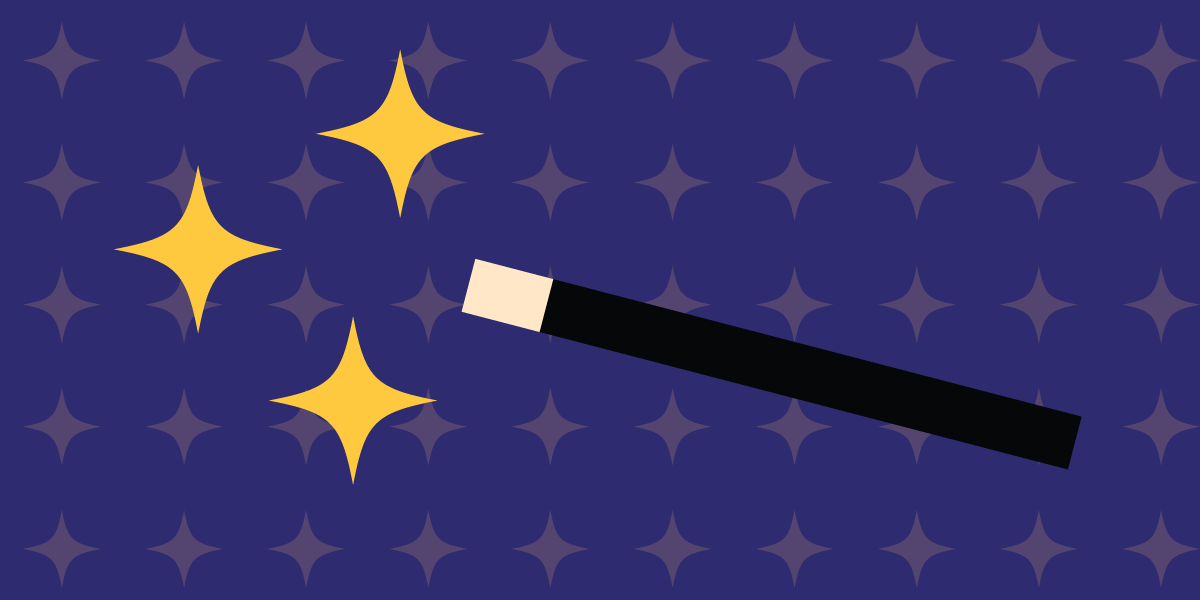Pros and cons of using AI images in advertising

The dawn of AI technology has brought with it a plethora of opportunities. With tools such as MidJourney and ChatGPT, does this mean the era of searching through endless pages of stock photography is over?
Not so fast. While the promises of generative AI are enticing, and it has plenty of valid use cases (which we’ll discuss below), there are several reasons why you may want to pump the brakes a bit. Here is our take on the pros and cons of using AI imagery in advertising.
AI Images Pro #1 – Endless customization at low cost
AI Images Pro #2 – Generative fill tools
AI Images Pro #3 – Quick idea generation
Another potential use for AI is for creating quick mockups. Like doing a quick sketch, you can use AI to quickly demonstrate an idea you have in mind. Sometimes it can be helpful to have a “sketch” to go by, even if the image isn’t used in the final product.
One caveat: if you’re creating a mockup for a client, you’ll need to be sure to communicate that the image they see is not the final result and will not be used. Otherwise, you run the risk of AI generating an image that the client falls in love with, and they may be disappointed by anything else. However, as long as that is clear to the client, AI mockups can be very useful for getting your vision across without spending tons of time sketching or searching for images.
Having sung the praises of AI, though, it’s important that we discuss the downsides and reasons why you may want to exercise caution. Here are the cons of using AI imagery.
AI Images Con #1 – Ethical concerns
AI models are trained on imagery used without the original creator’s permission. There’s no telling exactly how this will shake out in the inevitable court cases. Why open yourself up to risk if you don’t have to? The risk of not using AI imagery is that you may have to settle for a photo that is not 100% identical to what you had in mind. The risk of using AI imagery is that it could turn visitors off – either creative types who are against AI altogether, or your average Joe who just thinks AI images look weird – and make them think your business is a scam.
On top of ethical issues regarding image rights, there are also concerns about the strain AI puts on the planet’s resources. Going forward, it’s going to be hard to avoid AI completely – but if you’re worried about environmental impact, it’s best to be mindful about how often you choose to use AI.
AI Images Con #2 – Image ownership
When you hire a photographer or designer, you usually set terms that lay out who has what kind of ownership rights to the imagery. When you use a stock photo, you pay for the rights to use the image. But when you generate an AI image, who owns it? Is it you? Is it whoever generated the prompt? Is it the AI engine? As with the previous con, this is something that is likely to be settled by future court cases, but we’re just not there yet.
One egregious example of how easy it is to run afoul of image ownership laws posted on X shows a photo from the movie “The Dark Knight” next to an AI generated image created from the prompt “The Dark Knight Batman and Joker screencap” – they’re nearly identical. Even though the generated image was “new” in a technical sense, it clearly drew heavily (if not completely) from copyrighted material. Now, of course it helps if you don’t include copyrighted material in your prompt. But in short – these things can get messy.
AI Images Con #3 – Lack of authenticity
Of all the reasons to be hesitant to use AI imagery in your advertising, this is probably the biggest one. AI models are good and getting better all the time – but most of the time, a significant portion of the population will still be able to tell that an image is AI generated. There is often an uncanny valley effect with AI images. They usually lack the spark of life found in a real photo – and people can tell.
For example, if you generate a picture of an elderly person, they’ll have wrinkles – but their skin between the wrinkles will often be unnaturally smooth and glowing. It doesn’t matter how good your skincare routine is – people just don’t look like that in real life! Most AI images also lack a coherent light source, giving the image a glow that seems to come from everywhere at once. In short, they just feel fake.
Now, this might not be a dealbreaker for every business. Maybe whatever you’re selling doesn’t necessarily depend on that feeling of 100% authenticity. Some businesses are selling things, yes, but are also selling aspirational ideas. For example: if you’re selling tropical vacations, generating an AI image of someone relaxing in a hammock at a beach probably isn’t going to raise red flags for your audience, and will be cheaper than doing your own photoshoot or paying for the perfect stock photo. It can definitely be a money saver.
However, there are many times when you should avoid the use of AI generated images (especially people) altogether. Here are some examples:
- Sharing real customer reviews is awesome, as we’ve written about here. It’s a critical part of building trust with your potential customers. But if you’re sharing real reviews, don’t destroy the trust you’ve worked so hard to build by pairing real reviews with images of fake people. Yes, it’s great to have a visual aid to go with your content – but if you can’t use a real photo of the person who left the review, it’s much better to just leave it out. It makes a real review suddenly feel fake and suspicious.
- If you’re in an industry where winning business depends on showing examples of previous work – like a roofer or contractor – using AI generated images is a terrible idea. Potential customers are going to want to see what you have actually done and can do. In an industry like this, AI imagery is deliberately misleading.
- In general, if your industry affects people’s lives and money, you need to be very careful. Entrusting their health or hard-earned money to you is a very vulnerable thing for a person to do, and it’s critically important that you don’t do anything to damage their trust. Imagine driving down the highway and seeing a billboard for a local dentist, complete with someone smiling and showing blindingly white teeth…but the image is AI. Sure, maybe the dentist can make your teeth whiter, but they can’t make them look exactly like that. Nobody can! As with the roofer example, you’ll want to show real people and real examples of what you do. It’s true that a stock photo model isn’t an authentic patient or customer, but the key difference is that they could be. An AI generated person could never be.


